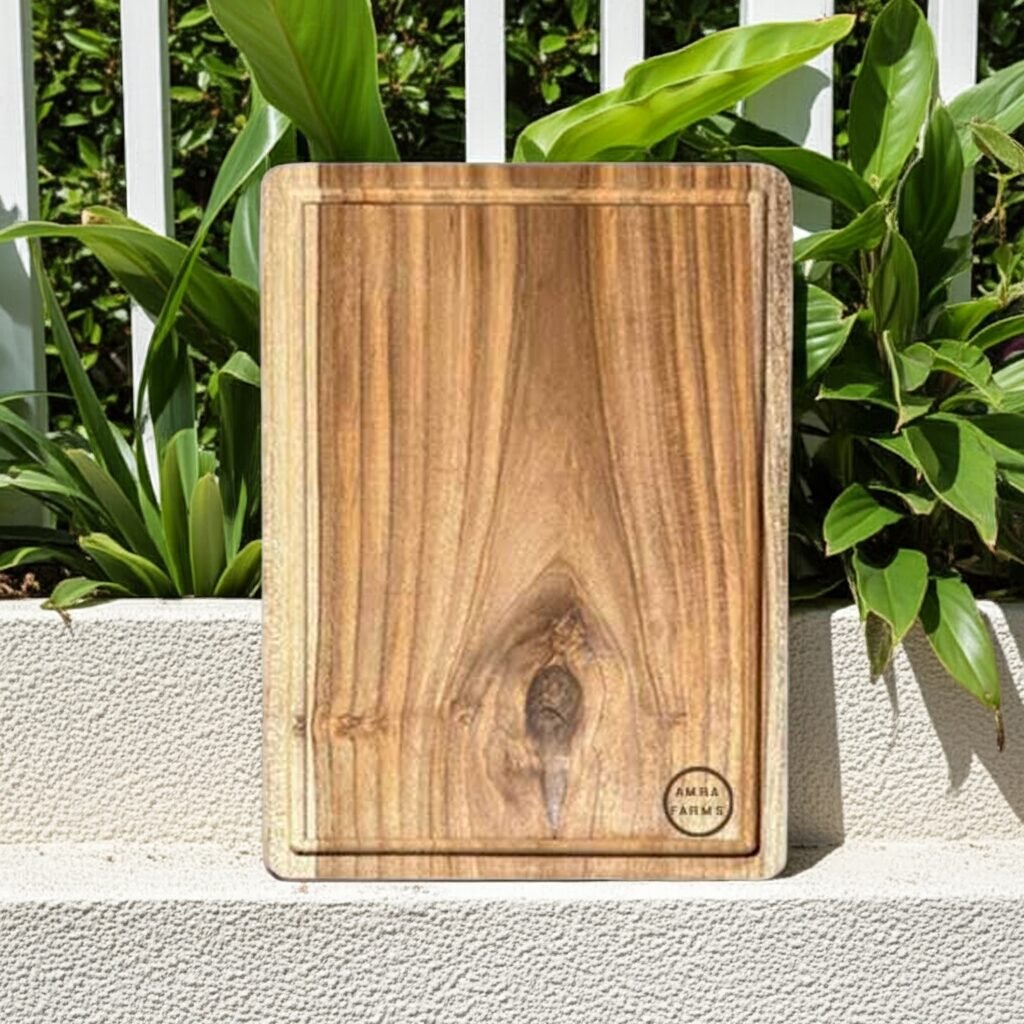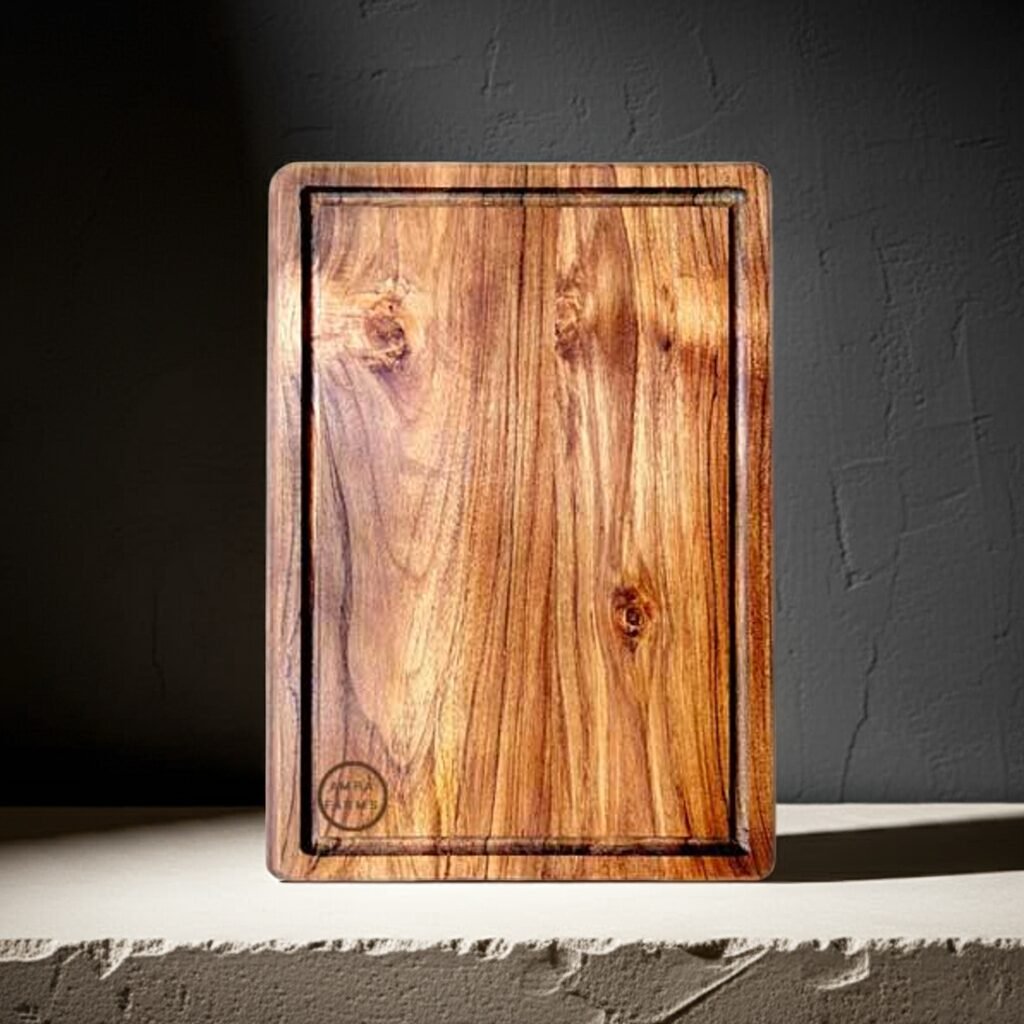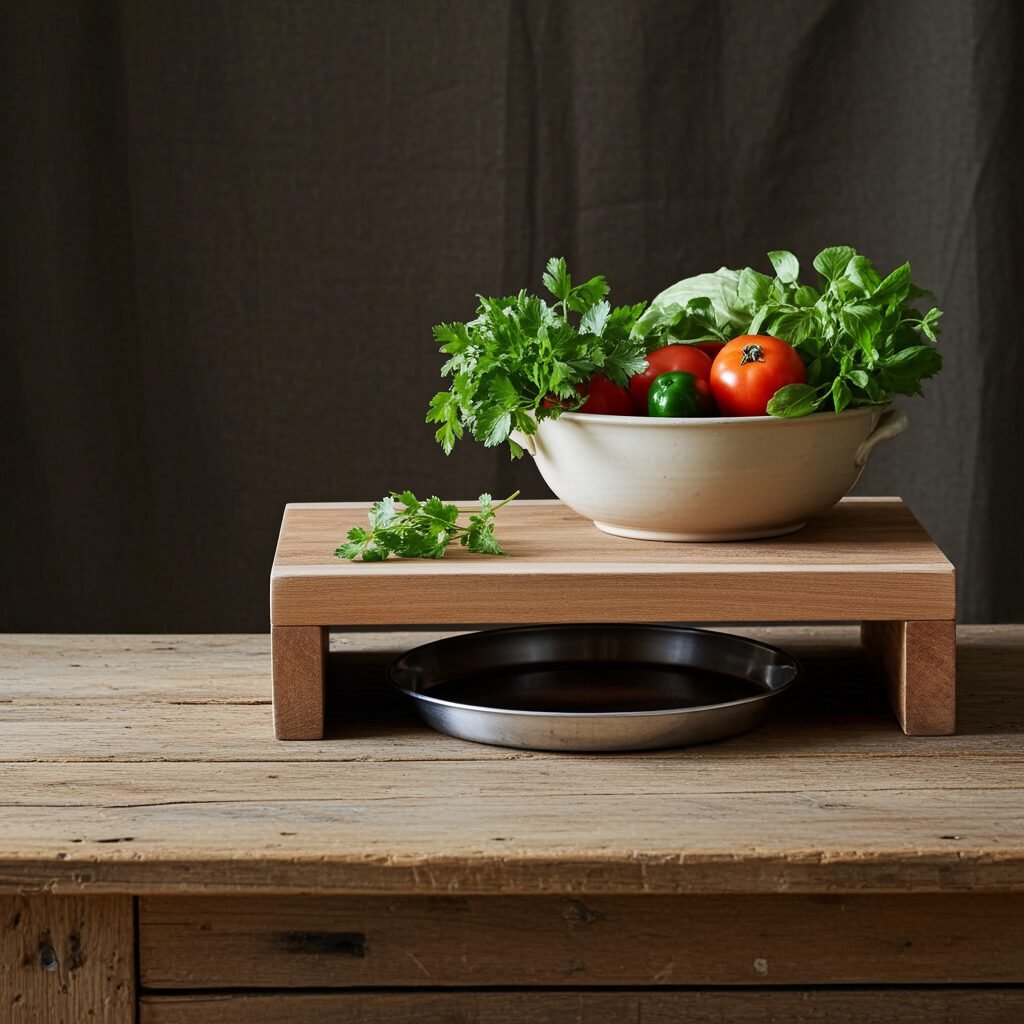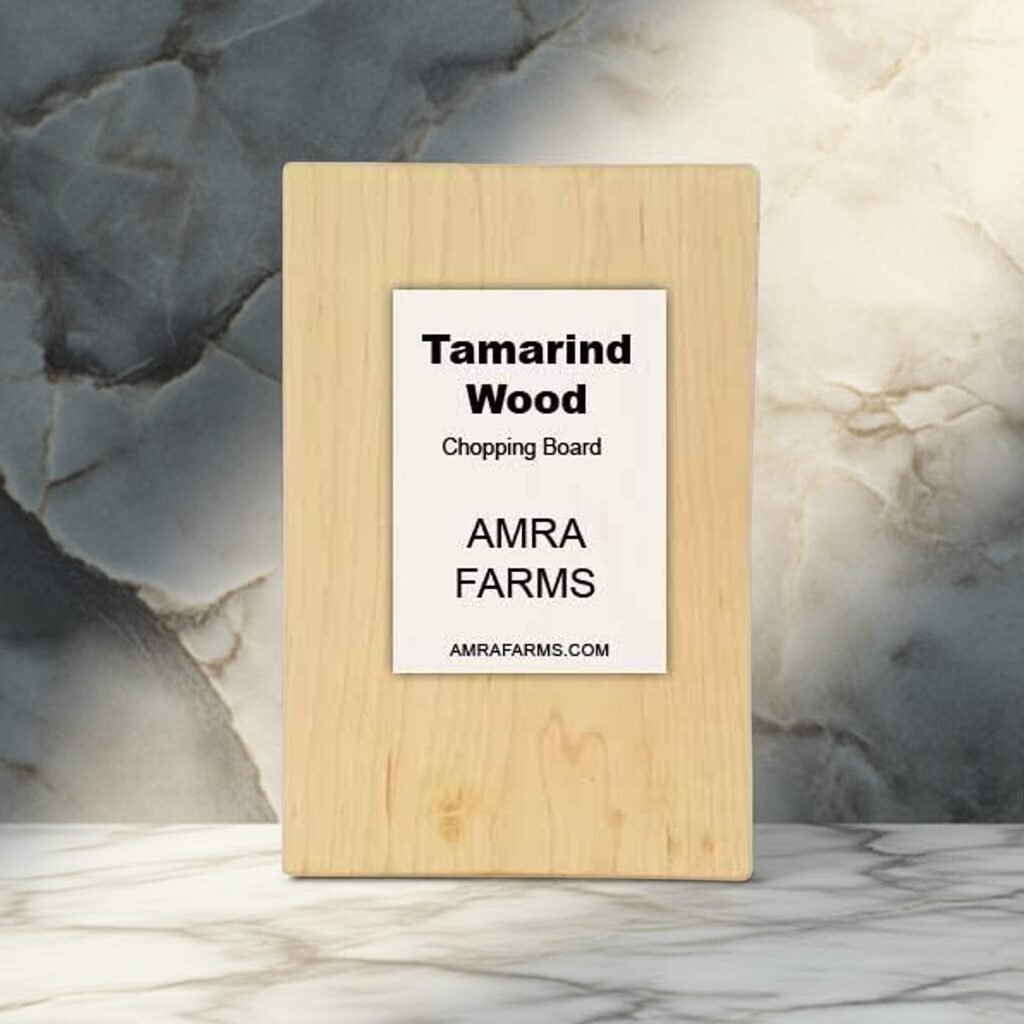Your cart is currently empty!
The worst material for Vegetable Cutting boards
There are a lot of recommendations for Vegetable cutting boards but do you know what materials you shouldn’t choose for vegetable cutting boards?
Over the years we have seen a lot of material in the chopping board industry. We have moved from traditional wooden chopping boards to mostly plastic. But other materials have evolved over time. For instance, Bamboo chopping boards have a large market. Glass has a small market but it is making a decent share of customers. Marble, granite and stone have held a steady place too. The new entry is Steel and titanium cutting boards which are impressive but have their own benefits and drawbacks. But why are some boards better than others when it comes to chopping vegetables. Let’s explore






Plastic cutting boards:
Plastic has evolved as one of the most used materials for cutting boards. It is cheap, widely available, and very functional. Plastic boards are made in many shapes and sizes meeting all requirements when it comes to functionality but it’s not all what it seems.
Plastic boards are considered unsafe cutting board materials. It is an unhealthy chopping board option due to hygiene issues. Boards made from plastic are prone to knife scars which are a breeding ground for bacteria. Plastic cutting board bacteria risk is one of the key reasons why they are replaced every 6 months in most homes and restaurants. Apart from hygiene issues, plastic boards are known to increase knife damage due to their hard surface. While they seem soft, plastic boards are actually tough for your knife and dull your knives fast. They are not food safe and surely not eco-friendly. Overall, plastic is considered the worst material for cutting boards.
Glass cutting boards:
Glass is a beautiful material but at the end of the day it is still glass. Hard surface chopping board risks are high in glass boards. They are slippery when wet making it difficult to handle. Moving a glass chopping board should be done carefully. You drop it and you lose it. Glass chopping boards are also very hard on knife surfaces. If you are using a Japanese knife or any knife that is prized, you may want to consider a softer board. The glass board is not a great option for professional kitchens. No chef will recommend a glass cutting board. It’s a high-risk material in a busy kitchen. It is not durable and is unsafe too in a commercial kitchen.
On the bright side, glass is easy to clean, dishwasher safe and looks good while it lasts. Though not scratch resistant, they maintain a good surface cleanliness for longer than plastic and wood.
Stone Chopping boards:
The third on the list is a stone chopping board. Stone is rarely used for chopping. It is not meant to be a chopping board material but some of us think it is a great idea to use a stone chopping board. They are heavy, almost tiresome to move around and difficult to function with. A good stone chopping board could weigh anywhere between 10 to 20 kg depending on its size. No one would want to move a cutting board that heavy. They are terrible on knives. The only thing that is good with a stone cutting board is that it maintains its appeal for a long time. They may match your kitchen’s counter and look beautiful but definitely not functional. They are dishwasher safe but it’s not so easy to get them to a dishwasher every day and out of it. Overall, stone is a poor material for chopping vegetables.
Stone chopping boards personally are one of the lowest and least preferred materials for chopping boards. Available in various versions including marble and granite, you should stay away from stone cutting boards. They are heavy, slippery and prone to chipping your knives. Buy a stone chopping board for rolling your dough or pastries. This is not the right material for chopping boards.
Metal Chopping boards – Aluminium, Steel and Titanium chopping boards
This is the new material that is trending now in most kitchens and among influencers on YouTube and Instagram. Are they good? Yes. They are good in their own ways. They are dishwasher safe, they are easy to clean and handle, they are durable and tough too but they are also bad in many ways that you wouldn’t imagine. Steel and titanium boards are terrible for knife edges. They can dull your knives faster. Steel boards are also harder to handle unless they are designed accordingly. Steel boards require rubber feet or they will stick to your countertop making it an inconvenience to lift them up for cleaning. They should either have a lip, a dedicated area from where you can pick the board to make handling the board easier. Steel boards also do not come with juice grooves and they are almost on the same level as your countertop. The chances of messing up your counter are much higher when you don’t know where your steel board ends and where your counter begins. Steel boards are also slippery when wet.
Yes steel is good when it comes to hygiene. They are dishwasher safe, antibacterial and tough. But would you want to handle the everyday mess?
Bamboo cutting boards
Bamboo is one of the last in the list. They are definitely a good product. They are very close to wooden chopping boards, are cost effective, sustainable and eco-friendly. Not recommended to be used with a professional knife, bamboo boards are made from joint wood often from industrial adhesives and chemicals. Most bamboo wooden chopping boards available in India are imported from China. Also, bamboo requires the same maintenance as wood. They are not as antibacterial as acacia or teak wood chopping boards as they do not have a good oil content. Nevertheless, Bamboo is a better option compared to all other boards above.
Categories
Products
- Buy Wooden Vegetable Cutting Boards Online
- Wooden Kitchen Accessories Tools
- Buy Butcher Block & Meat Cutting Boards Online
- Buy Premium Edge Grain Single Block Wooden Chopping Boards Online
- Buy The Best Teak Wood Chopping Boards Online In India
- Buy Wooden Cutting Boards With Handle For Kitchen
- Mango Wood Chopping Boards
- Single Block Chopping Boards
- Tamarind Wood Chopping Boards
- Wooden Platter Boards , Pizza Platters & Charcuterie Boards
Tamarind Wood Cutting Board Teak Wood Cutting board
